Creating Company Value Drivers
In my last blog entry, I wrote about creating a company transferable value. For a closely held business, transferable value is most simply what a business is worth to someone else without its original owner. The transferable value should not be confused with profit. True transferable value in a business is determined not by how well you run the business but by how well the business runs without you. Effective value drivers increase company transferable value if they contribute to cash flow both during and after the original owner’s departure. Determining how to increase transferable value is the business owner’s job. However, once owners and their advisors determine which of the appropriate value drivers (listed below) must be strengthened, everyone in the company should be involved. By definition, business owners cannot do it alone. If they could, they would not be creating transferable value because once they departed, the value drivers would disappear. As you read through the following list, remember that it contains only “generic” value drivers. Depending on what your company does, you may have other factors that create and increase transferable value. Additionally, there’s no particular order to this list, except for the importance of the management team: It is management that creates, manages, and grows these essential business characteristics, which is why establishing a “best-in-class management team” is always the most important factor of creating transferable value.
Common Value Drivers:
A stable, motivated management team that stays after the owner leaves
Operating systems that improve the sustainability of cash flows
A solid, diversified customer base
Recurring revenue
Sustainable revenue, resistant to “commoditization.”
A competitive advantage
A documented and proven growth strategy
Financial foresight and controls
Good and improving cash flow
Scalability
Let’s look at each of these Value Drivers in a bit more detail.
A stable, motivated management team that stays after the business owner leaves.
If you plan to take any exit path other than liquidation, capable management is indispensable. Having best-in-class management is the surest way to become a best-in-class company. Capable management is what buyers buy when owners sell their businesses, so establishing the best possible management team will make it more likely to receive the best possible price for your business.
Operating Systems That Improve the Sustainability of Cash Flows.
The establishment and documentation of standard procedures and systems demonstrate to a buyer that the business can maintain profitability after the sale.
A Solid, Diversified Customer Base.
Buyers typically look for a customer base in which no single client accounts for more than 10% of total sales. A diversified customer base helps insulate a company against the loss of any single customer.
Recurring Revenue.
As a buyer, wouldn’t you want to acquire a business that prints money with the push of a button? Recurring revenue is that button that buyers look for in purchasing a business. You may struggle to find a buyer who is willing to pay top dollar for your business without recurring revenue.
Sustainable Revenue.
Buyers look for revenue streams that continue despite fluctuations in the economy. They also prefer those that are resistant to “commoditization,” which is when a company, product, or good loses its distinctive attribute forcing that company, product, or good to compete based on price alone, which leads to slimmer margins.
A Competitive Advantage.
To paraphrase Michael Porter of Harvard Business School, competitive advantage is a product or service that a company offers that, over time, performs either better or more cheaply than its competitors. Your company’s competitive advantage is the reason your customers buy from you instead of your competitors. Thus, having a strong competitive advantage can differentiate you from the rest of the pack. If that differentiation is positive, buyers will be more likely to pay top dollar for it.
A Documented and Proven Growth Strategy.
Even if you expect to retire tomorrow, it makes sense to have a written plan describing future growth and how that growth will be achieved based on industry dynamics; increased demand for the company’s products; new product lines; market plans; expansion through augmenting territory, product lines and so on. This detailed growth plan, effectively communicated, will help attract buyers. Buyers will give credence to your current growth plan if previous plans have achieved their goals.
Financial Foresight and Controls.
Effective financial controls protect company assets and support the claim that a company is consistently profitable.
Good and Improving Cash Flow.
Ultimately, all value drivers contribute to a stable and predictable cash flow. You can begin increasing cash flow today by simply focusing on operating your business more efficiently by increasing productivity and decreasing costs.
Scalability.
Could your company improve its profit margin if it increased its revenue? Considering value-added services or even creating a mobile app can contribute to the company’s scalability. Creating a plan to increase transferable value in your company is the business owner’s job. No one else cares nearly as much as you do, and no one else will reap as great a reward for making sure that your company has the most transferable value it can. However, executing the strategy to increase value is everyone’s job. If you don’t already have top managers and skilled advisors ready and willing to provide ideas and implement value drivers, I suggest recruiting them. Today. Good employees want to work with a growing and successful company. They want to be part of something like this!
This conversation is at the core of any successful business exit and transfer. To learn more about this process, please contact me at david@remodelforce.com or visit my website to learn more.

